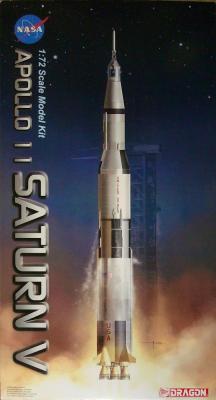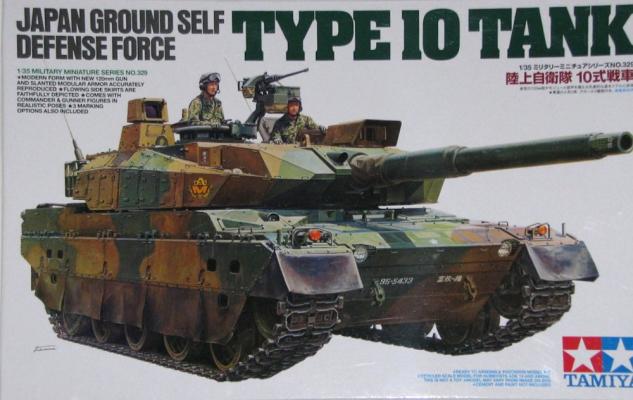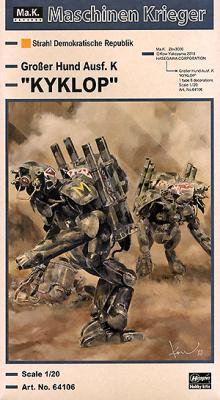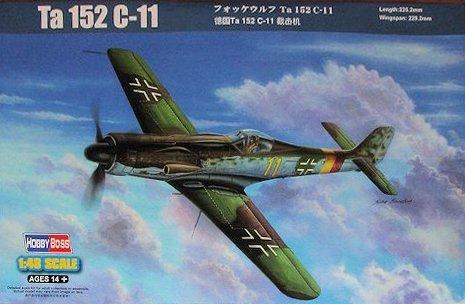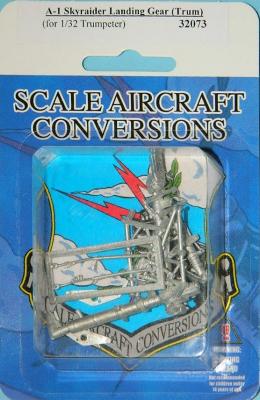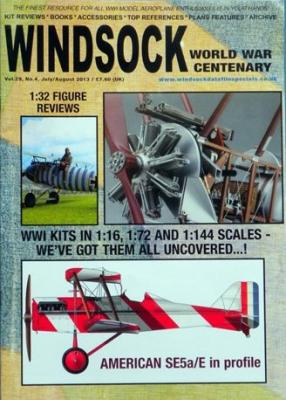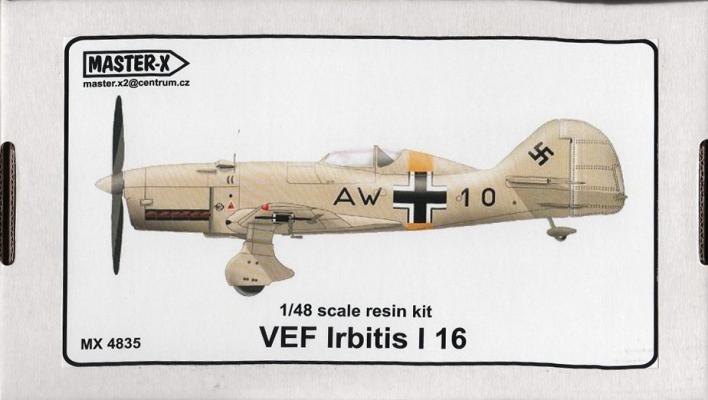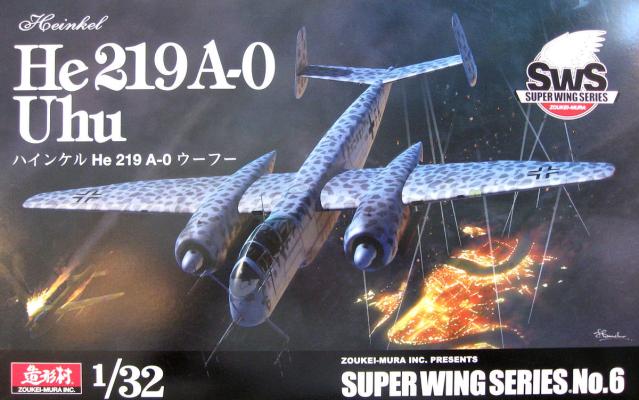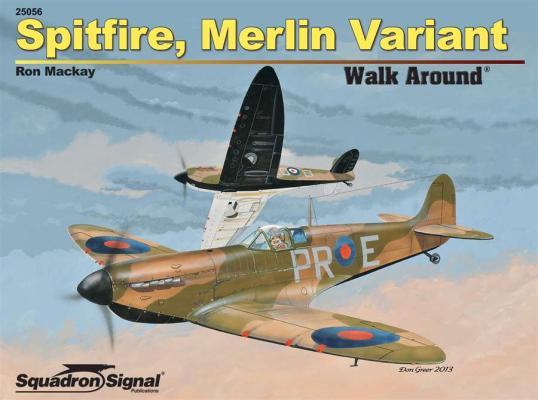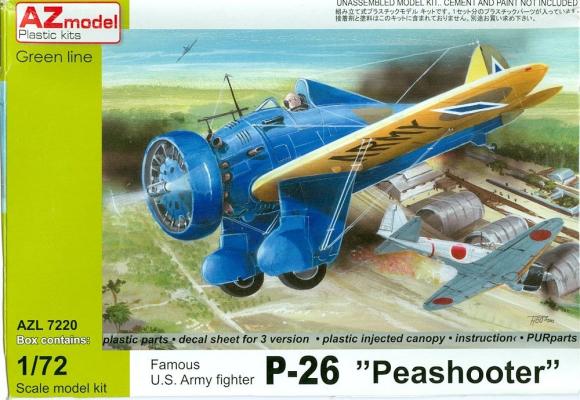A direct descendant of the German V-2, NASA's Saturn V rocket was – and still is – the most powerful rocket in the world. It was developed over a period of seventeen years, with its final name and design being accepted in 1963.
Apollo 11, the subject of this Dragon kit, was in some peoples’ estimation the greatest achievement of mankind. The mission itself was the fifth in the Apollo program and the second with an all-veteran crew. Neil Armstrong, Michael Collins, and Edwin "Buzz" Aldrin comprised the crew, and Apollo 11’s LEM landed on the moon on July 20th, 1969. The first to step on the moon was Neil Armstrong who said, "That's one small step for man, one giant leap for mankind.. The command module is currently located in the Smithsonian Air and Space Museum.
Today there are three Saturn V’s which survive, one in Huntsville, Alabama, the second at the Kennedy Space Center in Florida, and the third at the Johnson Space Center in Houston, Texas.

